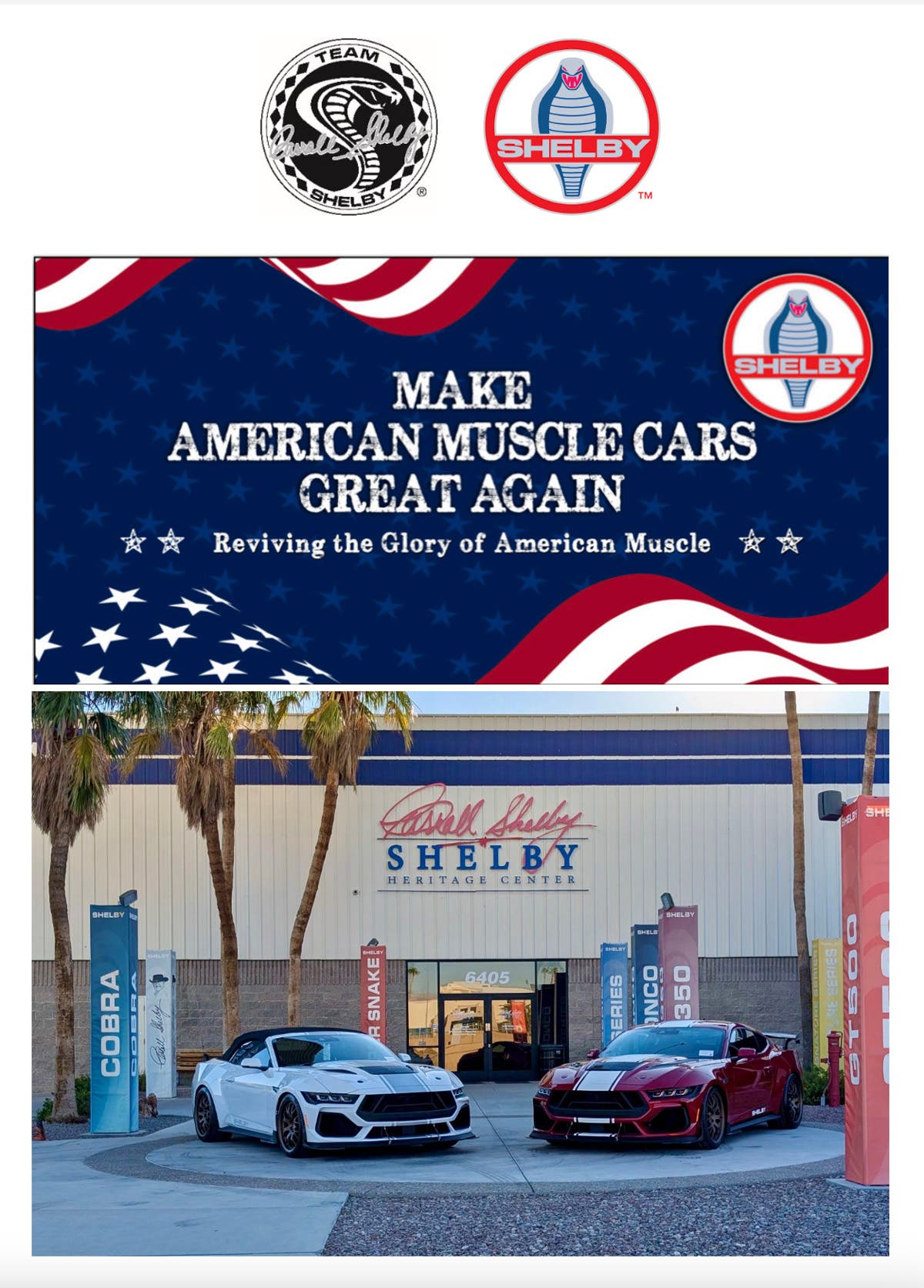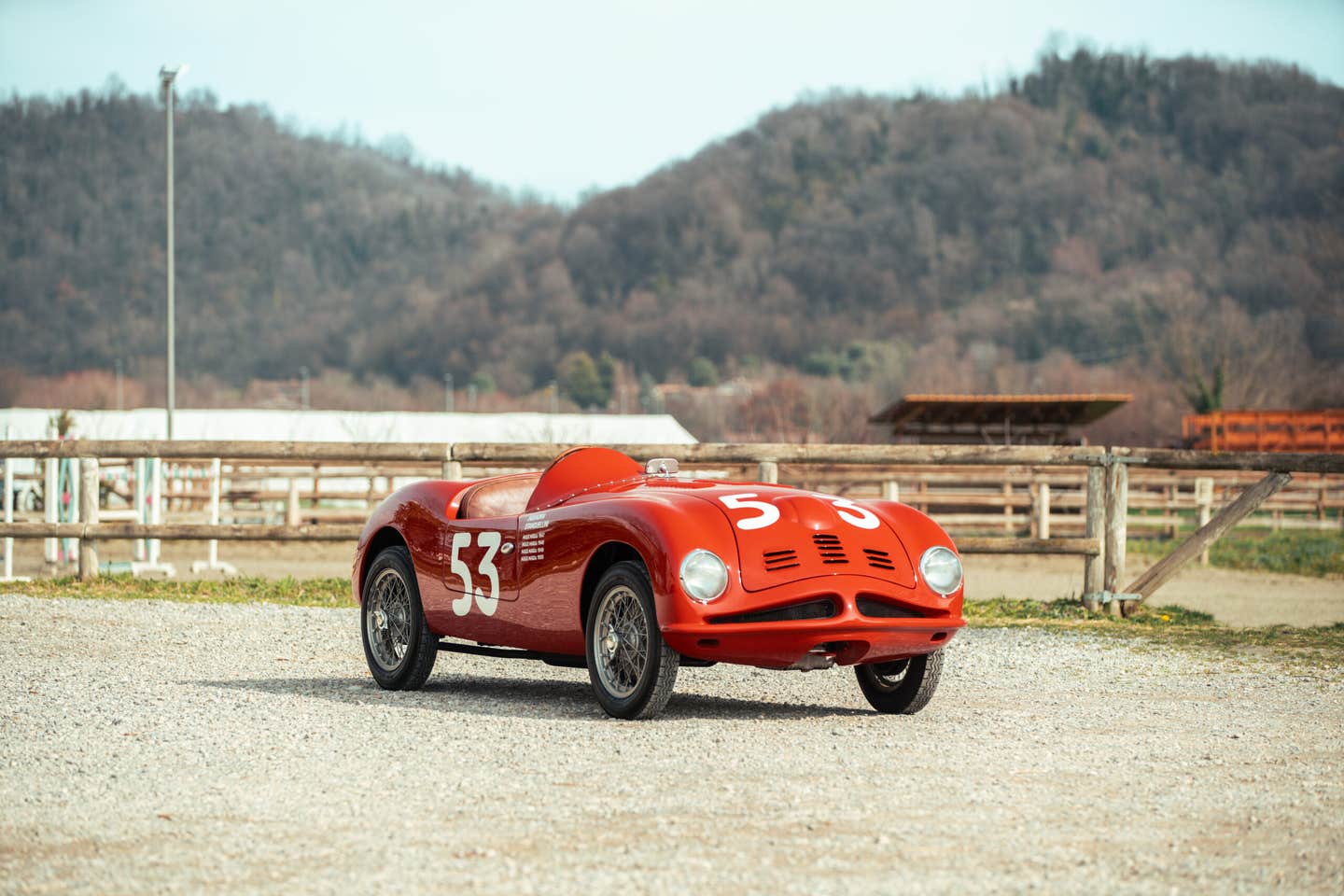Q&A with Kit Foster – Clocks & Engines
Q. I am trying to identify this clock. It is solid brass with a bezel that screws off to set the hands and to wind it with a key. It…
Q.
I am trying to identify this clock. It is solid brass with a bezel that screws off to set the hands and to wind it with a key. It has a beveled glass crystal and porcelain face. On the face it says “Savannah 8 Day” and “Made by the New Haven Clock Co. New Haven, Conn.” It is about 4 inches across and top to bottom. Hoping you or the readers can help with identity.
— Jody Cutler, via email
A.
The New Haven Clock Company was formed in 1853, initially to manufacture clock movements for the Jerome Manufacturing Company, then the world’s largest clockmaker. In 1856 Jerome folded and the New Haven company bought them out. New Haven was the first to mass-produce brass movements. They made mantle clocks and shelf clocks, but when the automobile became popular they came out with models suited for mounting on dashboards of the early cars. Your “Savannah” is one of these. I see in automobile trade directories that Savannahs were being marketed in the early teen years. Your clock would be appropriate for any brass-era car with a flat wooden dashboard on which to mount it.
Q.
I have a 1970 half-ton Chevy 4x4 with a column-shifted three-speed and six-cylinder engine. It has manual steering and I would like to convert it to power steering. What would I need to accomplish this?
—John J. Brown, Warsaw, Mo.
A.
I believe it would be as simple as finding the necessary power steering pump and steering box and installing them. Both pumps and steering boxes seem to be available from parts suppliers (based on a quick survey of online sources). You’ll need hoses and brackets, of course, but the hoses certainly are readily available. You might have to search recyclers’ yards for the brackets. Have any readers done this, and do you have any tips to pass on, things to watch out for? Will Mr. Brown need a different pitman arm, for example?
Q.
The two-cylinder air-cooled engine that Mr. Frank Scimemi asked about (July 28) I believe is a Crosley engine used in 1939 thru 1942. Quoting from the book “Crosley” by Michael Banks, published by Iconografix, page 30, “Waukesha built a 35.39-cubic-inch (580 cc.) engine with a 3-inch bore and 2-3/4-inch stroke for the Crosley. It put out 13-1/2 horsepower and was a modified version of an engine designed to power an orchard sprayer. The engine was frequently referred to as an airplane-type, the reference alluding to the fact that it was air-cooled, making use of a suction blower that was an integral part of the flywheel to boost airflow.”
— John C. Hinckley, Escondido, Calif.
A.
I hadn’t thought of anything so modern, but you’re right that it has much in common with the Waukesha-supplied early Crosley powerplant. However, there are also significant differences, starting with the drip lubrication and the fact that the carburetor is at the bottom, not on top as it is on the Crosley. Also there seems to be no provision for bolting to a bell housing or transmission. It could be automotive though. Read on.
Q.
The two-cylinder, air-cooled engine is very possibly automobile-related. Engines like this were used for high-wheel cars, vintage 1903-1908 or so. These cars were made for farmers and enjoyed some success until the Ford Model T took over the market.These motorized farm wagons were moderately priced, were inexpensive to operate, were simple and easy to maintain and had high road clearance.Holsman, Black, Sears, Breeze and Schacht were a few of these cars.
— Joe Van Sciver, via email
A.
You’re right. I skipped over a whole genre of air-cooled cars. Now I’ll have to scout out some highwheelers to see if there’s a resemblance.







